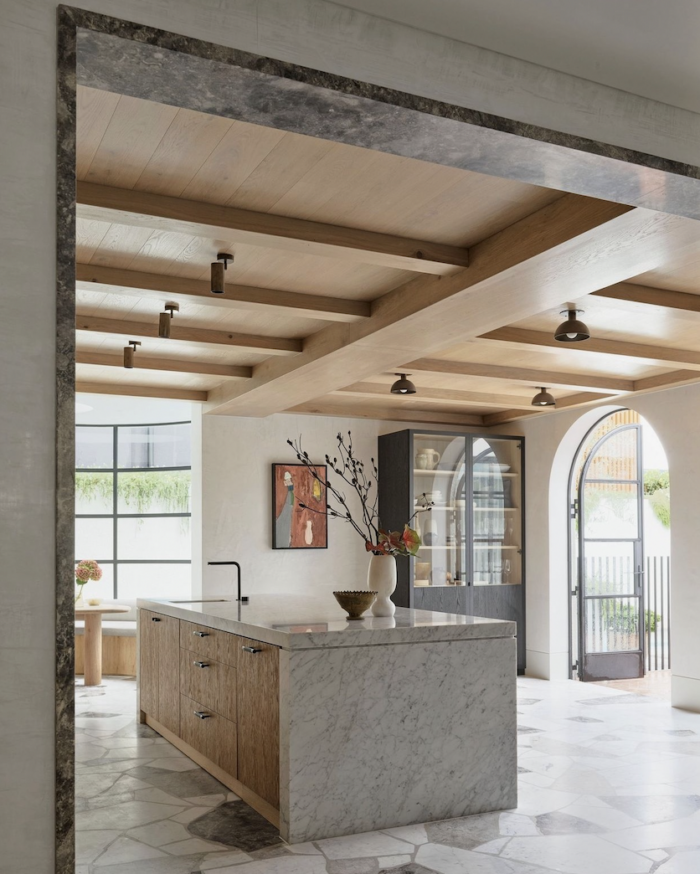Is it worth renovating the kitchen (or not), and do you really need a dressing room or extra bathroom? The question is, if you have money to spend, how can you make it go further by adding value, as well as style, to your home?
Designers have noted a shift in the way people see their homes in recent years, and a shift in what can add real value to an interior.
Expectations have changed in terms of how we live, so homes need to work harder according to The Telegraph UK. “In the past, an upstairs utility room or an en-suite bathroom might have been the easy routes to adding value to your property, but today we are seeing that people want more from their homes”.
They want flexibility – the ability to zone and reuse spaces in different ways – and, above all, an interior has to feel good, too. Rather than just adding on an extra room or installing a skylight, it has got to be really balanced. Read more, ‘Interior Design Trends To Know for 2023.’
So, what improvements will add value to your home, and what might not be worth the investment? Here is how to master the property market this year.
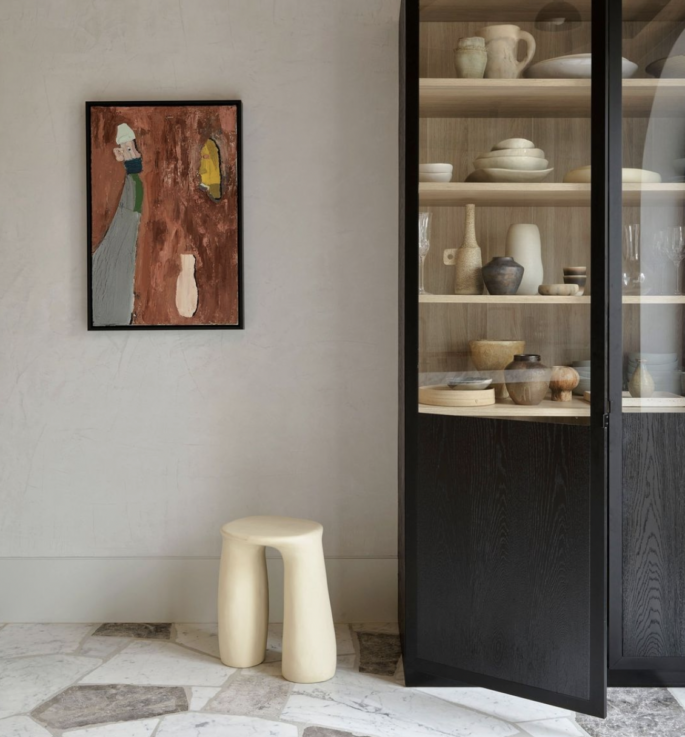
Designers have noticed a shift in a way people see. their homes in recent years, and a shift in what can add real value to a home. Design: Alexander and Co; Photo: Anson Smart.
Increase floor space with an extension – but which way?
Most homeowners want to add square meterage by extending, and there’s a golden rule: going out is the cheapest, going up is the most cost-effective, and digging down is the most expensive.
A side-return extension is the popular choice for a typical Victorian terrace house and will expand and enhance the living space, but as it might only add a few more square metres to the floor plan, rather than an extra room, it may not immediately translate into a significant increase in the value of the property.
According to assessment experts and design architects Archicentre Australia, an extension to an existing building could cost from $1,900 to $3,600 per square metre.
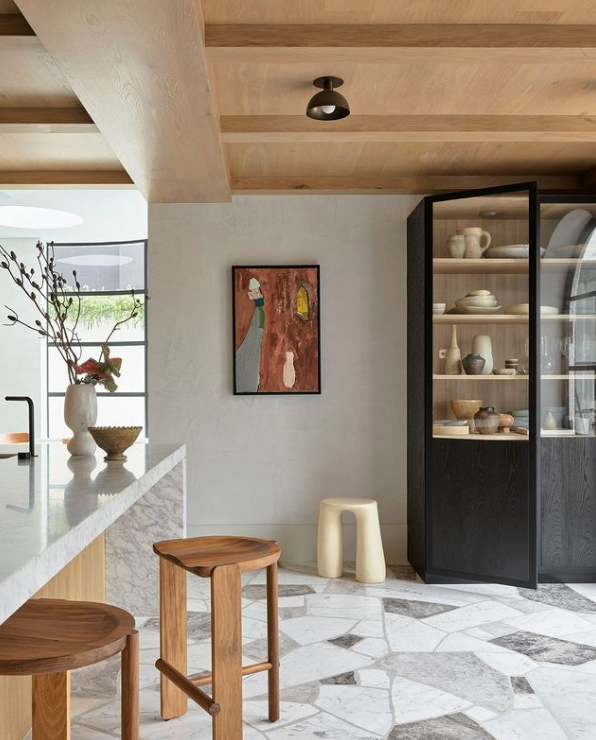
Extending out will expand and enhance your living space, such as this design by Alexander and Co, Photo: Anson Smart.
As a ground-floor extension normally involves a new kitchen, the cost of that would also need to be factored in, potentially taking the cost of the extension over $100,000. A figure that might not be reflected in the new value of the house. For this reason, some property experts recommend undertaking a side extension to enhance your own experience of living in the house, rather than for immediate resale value.
Extra living space will always add value but only if it’s functional and has purpose.
An added metre to make a kitchen feel more spacious within a side return won’t increase a sales price as such – if it can be used as a workspace or creates a play zone for children that’s where the added value occurs. Build costs are high, and lead times at the moment are extremely long – it’s vital to weigh up the pros and cons. In comparison, a loft extension that adds an extra bedroom should immediately result in an increase to the value of your home – up to 20 percent if it includes a good-sized double bedroom and ensuite bathroom.
To appear in the square meterage dimensions on most estate agent floor plans, the height of the area must be over 1.5m, so the addition of dormer windows ensures the space is really optimised both in terms of practicality and value. A basement is the most expensive route to increasing the size of your home to create a garage, for instance, with costs running high depending on the spec required and what will be located there. If you want to spend the money – because it’s a big outlay – it’s the ideal space for adding in rooms that don’t need much light, such as a wine cellar, a home gym, a home office, a TV snug, or a garage. Read more, ’30 Design Predictions for Life in 2023.’
Look at the property prices in your area. It’s only worth adding a basement if the property is above around $1500/sq ft.
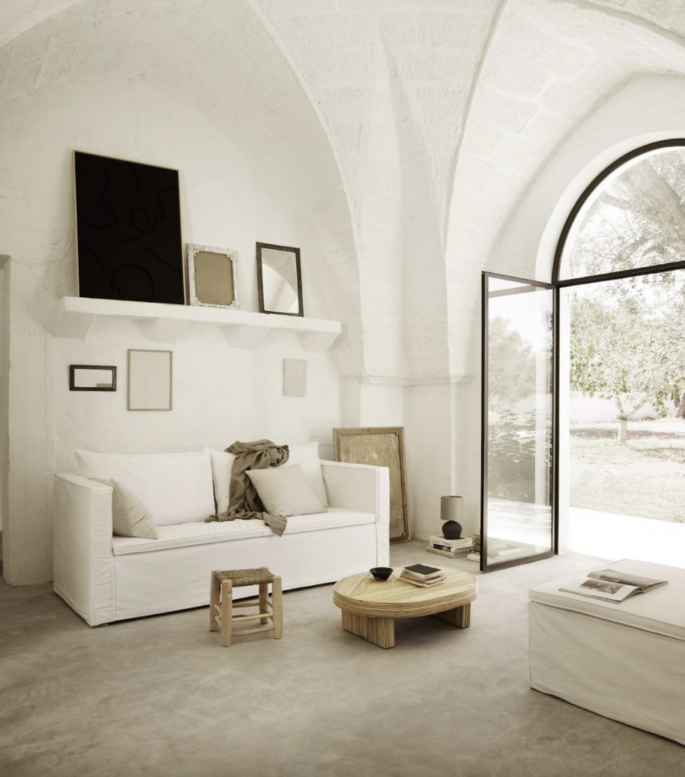
If you want to improve your home without the cost and upheaval of extension, work with the space you have. Photo: Tine K Home 2023.
Up the number of bathrooms
If you want to improve your home without the cost and upheaval of an extension, we recommend you work with the space you have. When you’re looking to complete projects that add instant value, consider those that don’t require planning permission or architectural works, but rather adapt and reimagine the space you have to offer more. One way to do that is to create an extra bathroom, which could add up to 5 percent to a home’s value.
Estate agents agree that these days a four-bedroom house needs to have at least two bathrooms (one of which should have a bathtub), and an en-suite bathroom off the main bedroom is now seen as an essential by many househunters.
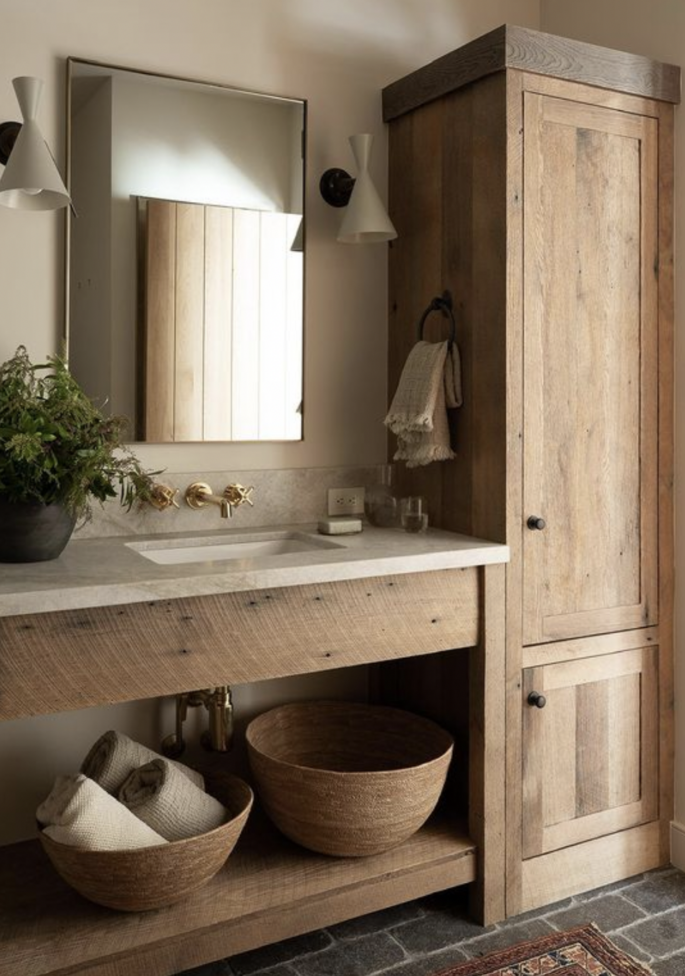
An extra bathroom adds instant value and doesn’t require planning permission. Design + Photo: @amberinteriors
The average cost of a new bathroom renovation is estimated at around $17,500 in Australia, according to a survey by the Housing Industry Association (HIA), and it doesn’t necessarily require an addition to the footprint of your home. A downstairs loo – another essential for the modern home – can be created in the space under the stairs, for example, at a cost of around $5000.
For a new en-suite bathroom upstairs, the minimum floorspace needed is 0.8m x 1.8m – just enough to squeeze in a shower, basin and loo – which can be carved out from a good-sized main bedroom, or borrowed from a neighbouring spare bedroom. To maximise a small space, consider a wet room, rather than a shower with a screen door, and a sliding pocket door into the en-suite instead of a door that opens out into the bedroom. Read more, ‘The Big Picture Home Designs Taking Off Right Now.’
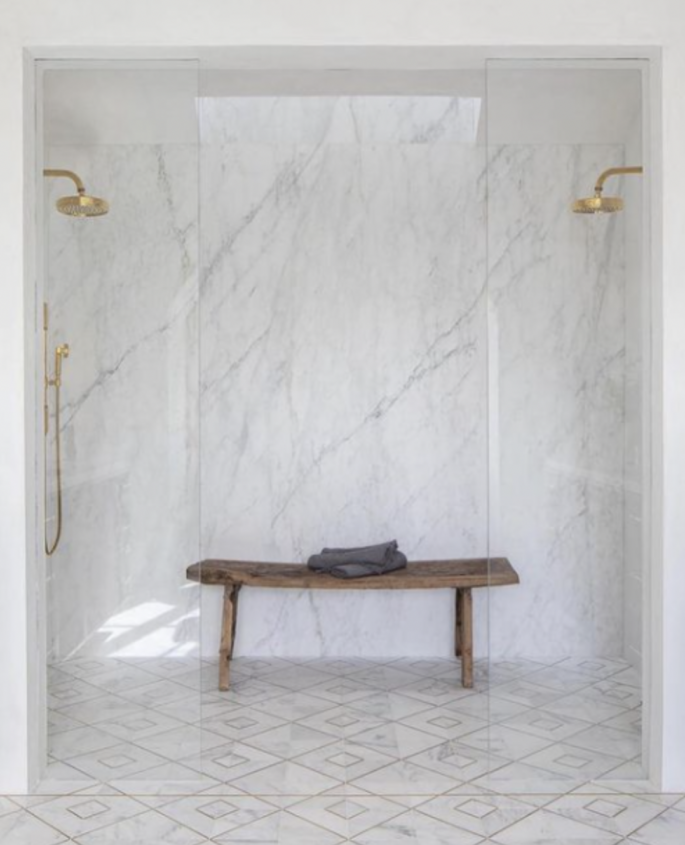
An en-suite bathroom off the main bedroom is now seen as an essential by many househunters.
Design a dressing room
As in previous years, installing built-in wardrobes could be seen as a no-no that might limit how prospective future buyers might be able to use a room, these days a dressing room is appearing ever higher on the wish lists of househunters.
New research suggests that 42 per cent of respondents would consider a walk-in wardrobe a deciding factor in whether they would buy a property, which is largely due to changes in lifestyle. The average woman buys four times more clothes than she did 30 years ago, according to research by Cambridge University, and we don’t need stats to know that men are keeping pace. A good dressing area or walk-in wardrobe can add a premium of 5 percent in the best instances.
A number of people feel that a walk-in wardrobe or dressing area is non-negotiable.
Having a dressing room with some freestanding wardrobes plonked in is practical but not very appealing. Having a properly fitted storage space with maybe a central island full of drawers would be a big selling point. It also needs to be well lit, with both natural and well-considered artificial light. In some cases, it can be worth losing a bedroom to fit in a good-sized dressing room. “Previously, losing a bedroom to a walk-in wardrobe or a dressing room was a major faux pas, but these days, having a space off the master and an added storage area can be extremely attractive for prospective buyers.
The key is to commit to it and plan it properly. What people don’t like to see is a very squeezed fourth or fifth bedroom because a chunk of the space has been taken for a poorly fitted walk-in wardrobe.
If you have enough bedrooms, and the value of your property is high enough to start with, it can be worth losing a bedroom and devoting a whole floor to create a big master suite. Storage is an important part of every client’s brief now. In a smaller house where this wouldn’t make sense in terms of resale value, there are other solutions – for example, a floor-to-ceiling headboard as a room divider in the master suite, with the bed in front of it and a run of built-in wardrobes leading to the en-suite bathroom behind.
Many use them as a ‘sanctuary’ – a room to get ready in, gather thoughts, and escape to. A lot of the attraction of these spaces is how they’ve been designed and fitted.
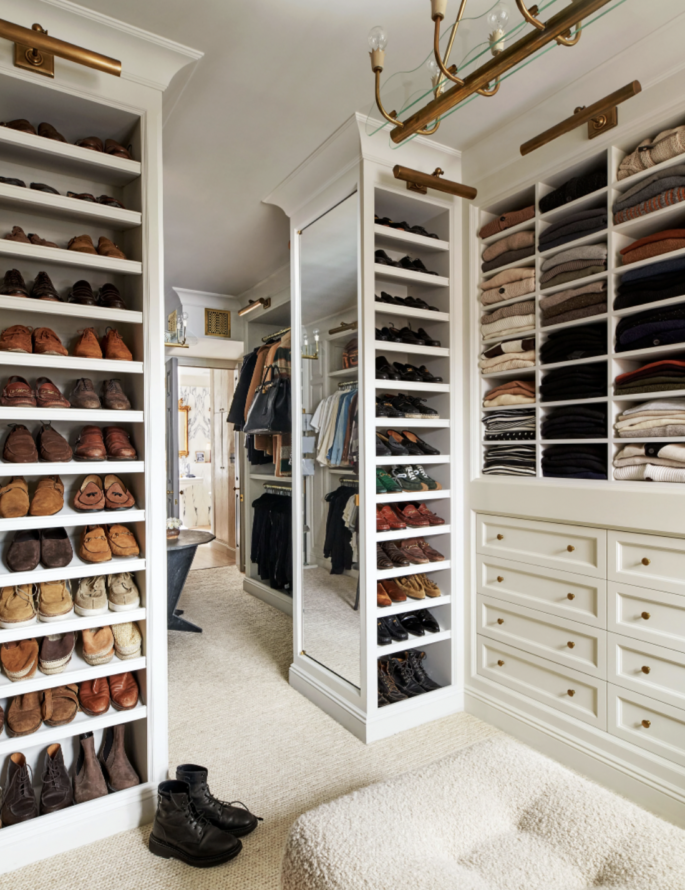
New research suggests that 42 per cent of respondents would consider a walk-in wardrobe a deciding factor in whether they would buy a property Photo and design: NateBerkus.com
Renovate the kitchen – or not?
The kitchen poses something of a dilemma. There’s no doubt that shabby, dated cabinets might put a proapective buyer off a house, and might result in them factoring the cost of a new one into their offer; but is it worth the expense of installing new cabinets and appliances if you plan to sell?
According to research, Google searches for “kitchen home improvement” jumped by 4,545 percent in the past 12 months, suggesting that this key room remains a top priority. As the kitchen is the focal point for many households, it’s important to ensure that, where possible, it’s not devaluing your property. Features such as poor lighting, broken cupboards, and cluttered surfaces all have the potential to make your home harder to sell.
Separate research by property advice platform Stipendium, based on the latest house prices, suggests that a new kitchen can add 5.5 percent to the value of your home; although the net value it will add will naturally depend on how much you plan to spend on cabinetry and appliances.
If you add a kitchen with strong colours, it’s less likely to appeal to the majority, so you could decrease the market of people that are likely to offer on your house, and a smaller pool of candidates can lead to a slower sale and lower price.
Wow factor in the kitchen can sometimes add 5 to 10 per cent to the property value. However, avoid adding that wow factor in the form of bold colours and patterned tiles, although they might be fashionable.
Sticking to popular colour schemes should avoid the situation where applicants say, ‘Sorry, but I don’t like the kitchen and I wouldn’t be willing to put in a new one, so I won’t be buying,’ or where a buyer says, ‘I’ll pay less because I have to change the kitchen.’” If you are planning to replace a kitchen, a cost-effective way to add value if it is separate from the dining area is to knock down a wall to create an open-plan kitchen-diner.
Despite a returning demand for separate snugs and workspaces within the home post-pandemic, experts agree that an open-plan family kitchen and dining space remains a must-have for most, and could add 10 per cent to a home’s value, without the need for an extension. Not all renovations are worth the cost, data suggest. Read more, ’10 Renovation Trends You’ll Be Seeing a lot of in 2022.’
Timber flooring
Two of the top remodelling projects with the highest returns on investment are a harwood flooring refinish, and new wood flooring, according to recent research, reported in Wall Street Journal.
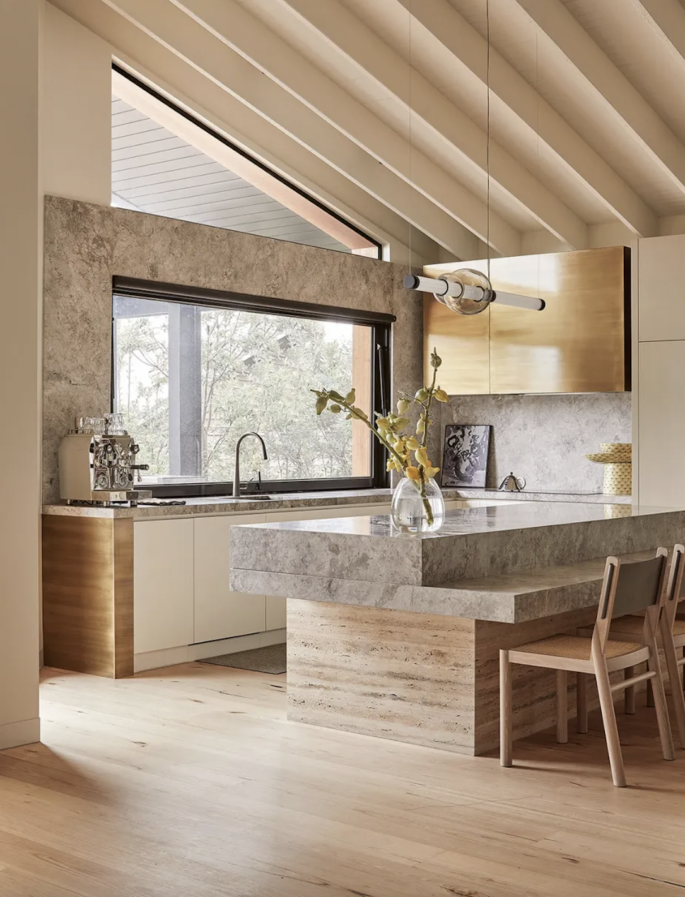
Kitchens remain a top priority, with the latest data suggesting that a new kitchen can add 5.5 percent to the value of your home. Design Sorrento House With Fiona Lynch via armadillo-co.com
Should you add a utility room?
Thanks to the increased appreciation of home organisation over the past few years, the desirability of a separate utility room has soared, with Pinterest seeing big spikes in searches – so much so that it has identified the “luxury laundry room” as a key trend for 2023.
A good utility room can add 5 per cent to the value of a home according to agents – perhaps more in the case of a country house – but as with dressing rooms, only if it is a well-planned, well-designed space, as opposed to a poky laundry cupboard shoehorned in under the stairs.
In period properties, the often dark, awkward space between a kitchen/family room and the living room – can be a good place to add a utility, with some creative thinking.
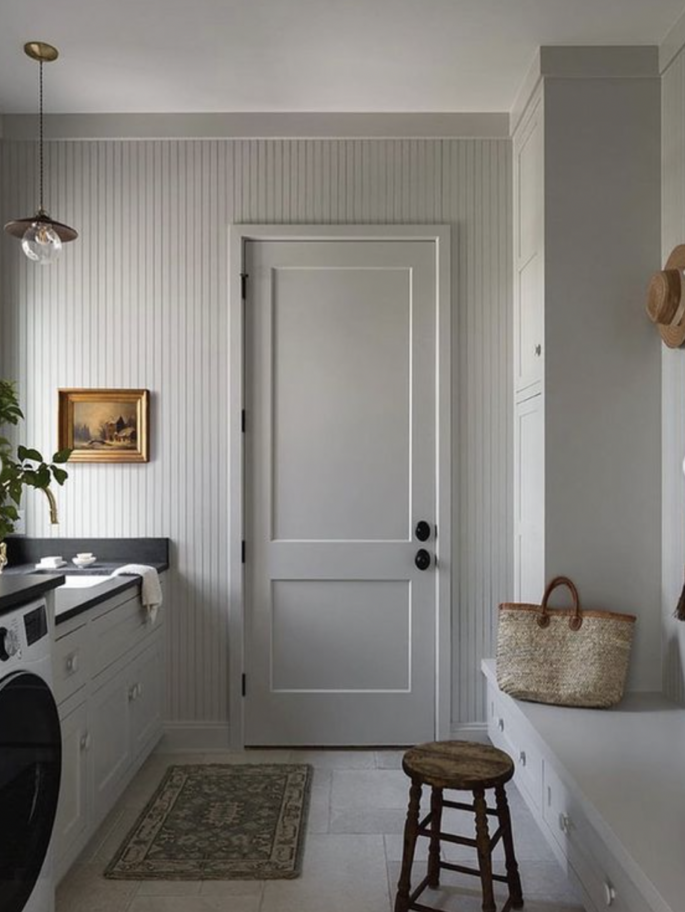
The desirability of a separate utility room has soared in recent years, which can add to the value of your property so much so that “luxury laundry rooms” are a key trend for 2023. Photo: @vivirdesign
You can reconfigure and carve out an area for utilities and boot rooms into that central space, which becomes the room where all the cogs turn. They’re not always hugely glamorous spaces, but they’re really needed; they tick off the storage, the washing, and it means that people don’t have to have the washing machine or drying rack in their main living area, so you don’t need to have quite so much joinery.
Build an outdoor room
A well-built garden room that can be used as an office, gym or extra sitting room is a good way to add floor space to your home without needing planning permission – provided it falls within certain limits (ie. that it is less than 2.5m in height, takes up no more than 50 per cent of the land around the house, and is no closer to a road than the house itself. Properties in conservation areas and listed buildings will have additional restrictions).
A good-quality garden room should add 1.5 times its cost to the value of your home. Similarly, converting a garage into living space can add 10-15 per cent in value. Food for thought for garage owners, 70 per cent of whom reportedly don’t use theirs to house a car.
It’s another good way to add a usable living space, without having to spend time and money on laying foundations, and constructing walls and a roof.
Converting a garage that is integral to the house should fall under permitted development, and could cost as little as $6000 to $20,000 in Australia with an average of around $12,000. Depending on the type of room you plan to convert, if the garage is separate from the house, planning permission for a change of use might be needed.
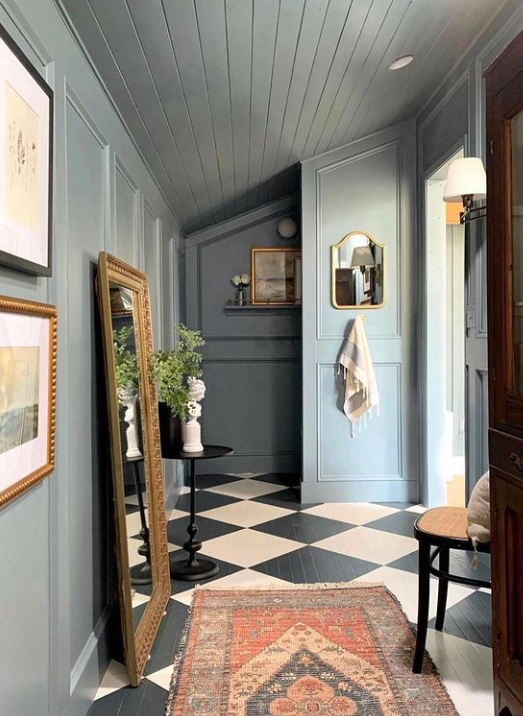
Some upgrades and repairs such as paint, are worth the cost and time more than others. They are a quick way to make a significant change.
Make some tweaks
Decorating your house is the cheapest way to make a significant change, but can a coat of paint really add value? Research suggests that an all-over redecoration, with an average cost of just under $3,000, will add value to your home. A fresh coat of paint on walls can transform rooms. If pine or stripped oak floors need an update, you can sand and paint them the same colour as the walls and ceiling or using a classic chequerboard design in an oil-based floor paint. It can made a huge difference and changed the whole atmosphere.
The style you choose for an all-over decorating could affect this, however: a modern, neutral palette is the safer choice than a statement patterned wallpaper or decorative paint feature. Similarly, landscaping the garden might improve the aesthetic appeal of outside space, but is unlikely to add much value: the same research saw an average spend of $3,300 resulting in a return of $300.
Making repairs or even small cosmetic improvements that buyers care about could make the difference between getting your asking price or giving a discount.
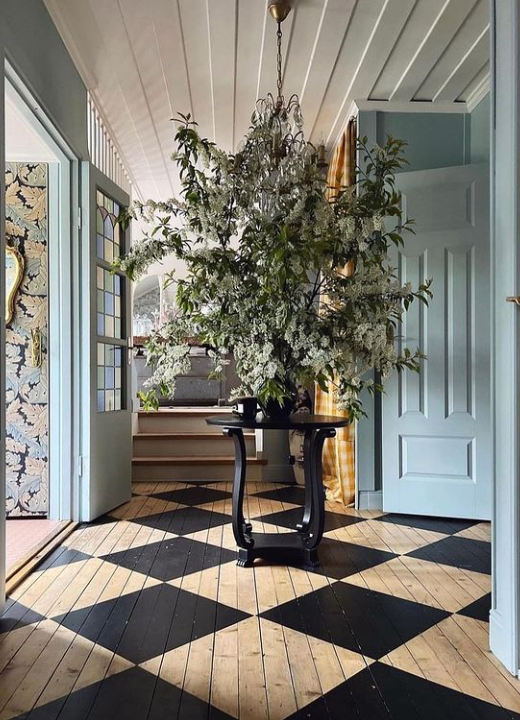
Paint is a relatively low cost fix that can help sell a home – especially when used well. Image via @elfvinggarden. Lead image: Beautiful kitchen design by Alexander & Co supports Google searches for “kitchen home improvement” jumped by 4,545 percent in the past 12 month This is an edited excerpt from The Telegraph UK.

